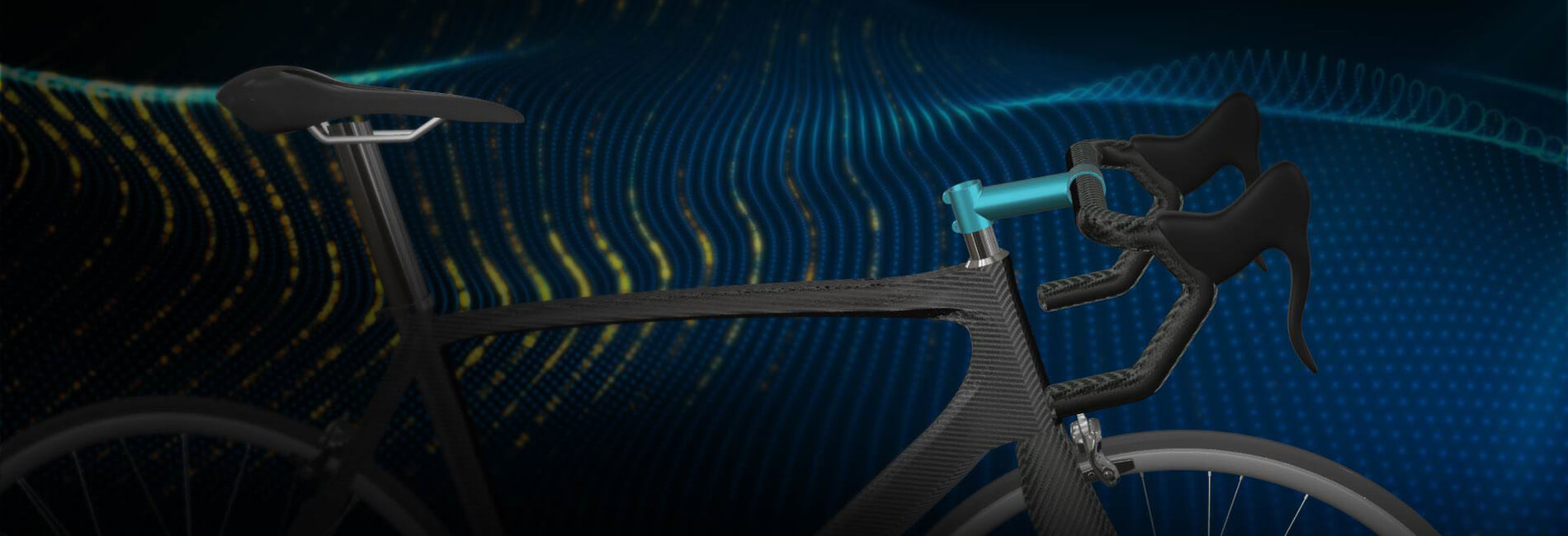Optimize Sustainable Product Design for Climate Neutrality
Approach product design with sustainability in mind to effectively decarbonize products and value chains for a low-carbon future.
The Critical Role of Early Carbon Optimization in Sustainable Product Design
With $88 trillion in goods and services produced annually1, resource consumption and waste generation have significant environmental impacts. Early carbon optimization during product design is crucial for reducing these effects and decarbonizing the entire value chain.
Material Selection: Focus on Low-Carbon Resources
Choosing sustainable, low-carbon materials in the design phase reduces a product’s overall carbon footprint and ensures resource efficiency throughout its lifecycle.
Lifecycle Assessment: Minimize Carbon Impact
A lifecycle assessment (LCA) identifies carbon emissions at each product stage, from raw material use to disposal. By embedding sustainability into design, companies can influence up to 80% of the future carbon footprint2.
Lose the Carbon
Lead the pursuit of climate-neutral products powered by the right digital platform.
Perform Early Assessments
The concept of sustainable product design has long focused on using more recyclable materials to lessen the impact on the environment. These days, however, design decisions go further than this. Companies are examining each product lifecycle stage to understand better how a product is made and how it will be used.
As such, a complete product lifecycle assessment (LCA) is indispensable. Through Sustainable Innovation Intelligence on the 3DEXPERIENCE platform, designers gain an agile and iterative development process to optimize every lifecycle stage to make more sustainable products with a longer lifespan. It enables them to identify and optimize the main carbon emitters throughout the lifecycle – from the use of raw materials and manufacturing to recycling and disposal.
Real-time data on the platform offers the traceability and transparency needed to design for disassembly. This means recovering materials and components for meaningful next use (upcycling) which maximizes their economic value while minimizing the environmental impact at the end of intended use – closing the circularity loop further.
Data and real-time collaboration across every lifecycle stage also enable designers to:
Redesign materials and components, and reformulate sustainable alternatives
Boost reuse of materials or create multiple uses for a single product
Analyze and optimize carbon footprint at each lifecycle stage
Design for Sustainability
Digitalization is key to climate-neutral product design. With simulation tools, companies can quickly explore design options and prototype efficiently. Generative design enables rapid development of sustainable products, optimizing for quality and compliance while reducing time and cost to market.
Incorporate Circular Design
Circular design focuses on creating products that can be disassembled, reused, and recycled, extending their lifecycle. This approach reduces waste and supports a circular economy, allowing companies to minimize resource use and maximize sustainability.
Optimize Supply Chain Emissions
Design choices affect the supply chain's carbon footprint. Lighter materials and optimized packaging lower production and transportation emissions. Additive manufacturing reduces waste and supports localized production, cutting logistics emissions.
Discover how generative design on our 3DEXPERIENCE platform can shape the future of product design in the following infographic.
Run Sustainable Manufacturing Practices & Initiatives
At a time when manufacturing and production consume 54% of the world's energy and produce 20% of global CO2 emissions3, it is only logical to make sustainable manufacturing part of a company’s business practices.
Designing products with locally sourced materials or components remains crucial to reduce a product’s supply chain footprint. In recent years, consumer goods supply chain accounts for 80% of greenhouse gas emissions and more than 90% of the impact on air, land, water, biodiversity and geological resources4. With local and distributed manufacturing strategies, the supply chain carbon footprint can be significantly reduced.
Choosing the right materials at the design stage can eliminate substantial manufacturing carbon footprint. For example, substituting hazardous chemicals that affect the environment directly with cleaner, safer and reformulated alternative materials. Additionally, improving forecasting accuracy, planning and process efficiency can reduce product wastage as well as reduce energy input for production. At the same time, non-renewable energy resources such as fossil fuel can be replaced with renewable energy options.
A sustainable product design can:
Benefits of Sustainable Product Design & Innovation
Embracing sustainable product design offers multiple advantages, benefiting businesses, consumers, and the environment alike. Key benefits include:
Real Success Stories: Sustainable Product Design in Action
FAQ About Sustainable Design Solutions & Strategies
Related Content with Sustainable Product Development & Design
Decarbonization
Decarbonization aims at reducing emissions throughout the product and service’s life cycle and across the full value chain.
Eco-Design
By integrating sustainability throughout the product development cycle, eco-design unlocks the potential for sustainable design without compromising time-to-market or increasing costs.
Life Cycle Assessment
Do more than measure your environmental impact: advanced digitalization helps companies achieve their carbon neutral goals by not only measuring their current environmental impact, but also the impact of future decisions.
Realize Climate Neutrality Across Your Value Chain
Climate neutrality involves reaching a state where human-caused greenhouse gas emissions are offset by natural absorption.

